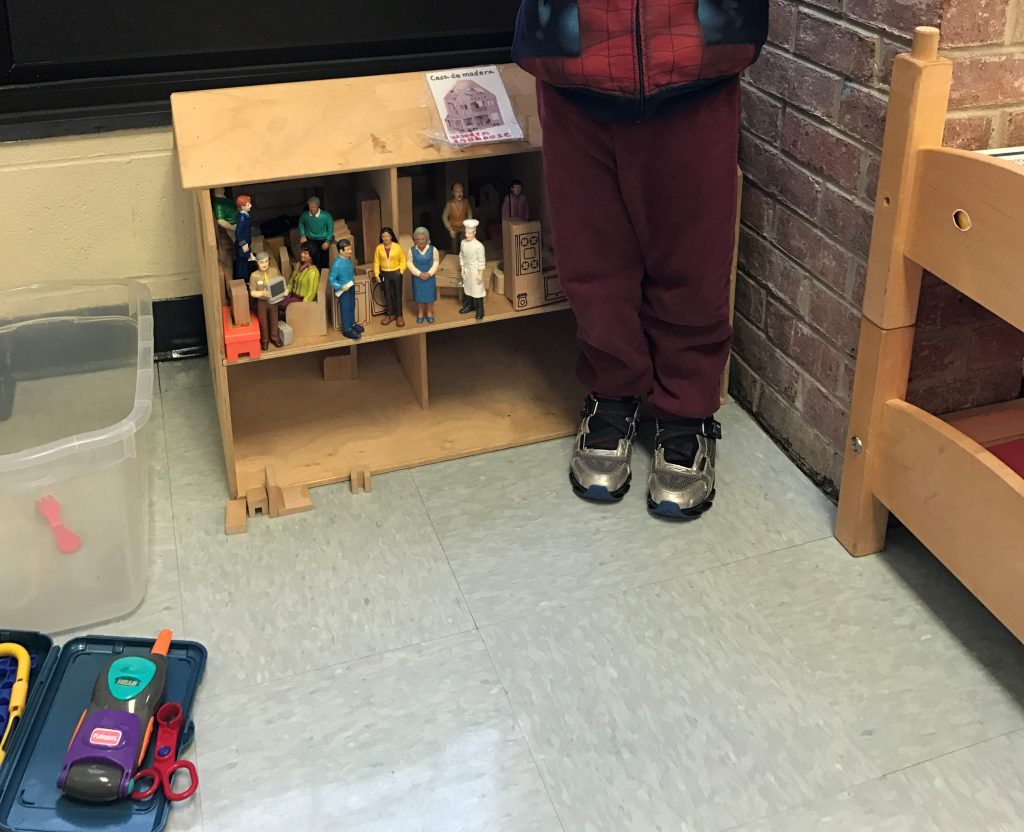A few interesting pre-COVID observations:
In 2019, a full 10.4% of students in public schools were English learners according to EducationWeek — more than 1 in 10 kids. No matter where anyone stands on immigration, that’s a formidable number of kids who required robust, targeted, language-learning support within our schools. This large chunk of our student population should have been receiving support in the form of afterschool and week-end programs, not to mention summer school — effectively requiring a longer school year.
Our distribution of English learners has not been not falling evenly across US schools. According to Education Week, 64% of teachers in the 2017-2018 school year had at least one English learner in their classrooms. If we flip this on its head, that means, 36% — or more than one in three teachers — did not have any English learners.
(From an EducationWeek quiz sponsored by Lexia Learning that popped into my email.)
I don’t entirely agree with the quiz and current writings on the subject of how to help language learners: in particular, these students don’t need access to grade-level texts! I strongly believe part of our struggle to manage bilingual education comes from unrealistic, good intentions — all the kids who are receiving unreadable texts in a scenario where they don’t begin to have the time necessary to conquer the challenge we have thrown at them. Some of these texts are not mountains — they are moon launches.
But common misconceptions mentioned in the quiz email are real:
Yes, our bilingual students are often assumed to be unintelligent because of their language struggles.
Yes, parents and others may believe that EL services take away learning opportunities from non-EL peers. Especially in financially disadvantaged neighborhoods, this may even be true: when there is a finite pool of money and it’s not enough from the outset, any and every program in a sense is taking money away from other programs. In a meagerly-funded school district, not all of those cheated programs will be fluff or “extra” opportunities.
Eduhonesty: And then COVID arrived and many areas went to virtual learning. The net result appears to have been a decline in English learning, especially in younger grades — a true concern since data has been documenting academic stagnation in students who become long-term participants in English-learning programs.

Still, the meaning of the downward trend in language learning growth suggested by aggregate student data from 2021 — at least compared to 2020 and 2019 — cannot be honestly quantified. Testing windows changed and many students skipped testing entirely, leading to “concerns among state education agencies that the most vulnerable English-learners weren’t tested, said Amaya Garcia, deputy director of preK-12 education at the think tank New America.” The test population changed at the same time groups of students received different amounts of test preparation than had historically been expected.
Tests showed “relatively larger declines in speaking, according to WIDA’s report, and in 1st and 6th grades… with “more declines in language growth in the younger years,” concerning “since there’s the hope that children will become proficient early enough to exit out of an English-learner program by 4th grade to avoid the risk of becoming a long-term English-learner, who may end up stagnated academically.”
See “The Complicated Picture of English-Language Learners’ Progress During the Pandemic.”*
Eduhonesty: Even if the numbers are fuzzy, that learning loss is real. You don’t need a meteorologist to see which way the wind blows. Students who spent months isolated from the outside world lost the opportunity to practice speaking with English-speaking peers. Students in houses with limited technology, or new, late-arriving, unfamiliar technology, lost ground when compared to students who already had all the tech, not to mention parents who found zooming and its equivalents effortless.
Do we honestly want to tackle the COVID damage to English-learning? If we do, I suggest we must extend the school year for those students who fell behind. When everyone goes to school for about 180 days, the kids who are already ahead naturally get further ahead. Previous learning is the platform upon which we build today’s learning — and the kids who already have larger vocabularies and more background knowledge can learn faster than less fortunate counterparts. Vocabulary is a source of learning as well as a result of learning. We must make certain that students receive the opportunity to learn the words they missed — and have been missing — as our schools barrel forward, teaching standards that only sometimes fit the students within US classrooms.
P.S. Yes, it may be racist to demand that every EL become ‘proficient’ in English — although I’ll observe that any education for our ELs that does not target the acquisition of English language vocabulary must be considered equally or more racist. English remains far and away the primary business language of this country. Adults with a limited English-language vocabulary too often end up condemned to lower-paying jobs in backrooms in the service sector, or worse.
A memory: My student’s mom had a job putting a small part inside another small part in a factory. She did not know what she was making. She just endlessly, hour after hour, stuck one part inside another. We talked about how she wanted to improve her English in hopes of getting “a job on the floor” — a job with benefits, in other words, real paychecks, and even air-conditioning. I hope she got there. But those backrooms without air conditioning and those 29-hour-a-week jobs that keep a person right below the hours needed to qualify for healthcare benefits? Those backrooms and 29-hour jobs are everywhere in the US.
Email from education Week on 3/16/23. titled Quiz|Supporting English Language Learners
*https://www.edweek.org/teaching-learning/the-complicated-picture-of-english-language-learners-progress-during-the-pandemic/2021/11#:~:text=What%20do%20we%20know%20from,of%20the%20four%20language%20domains. By Ileana Najarro — November 02, 2021 | Corrected: November 03, 2021
